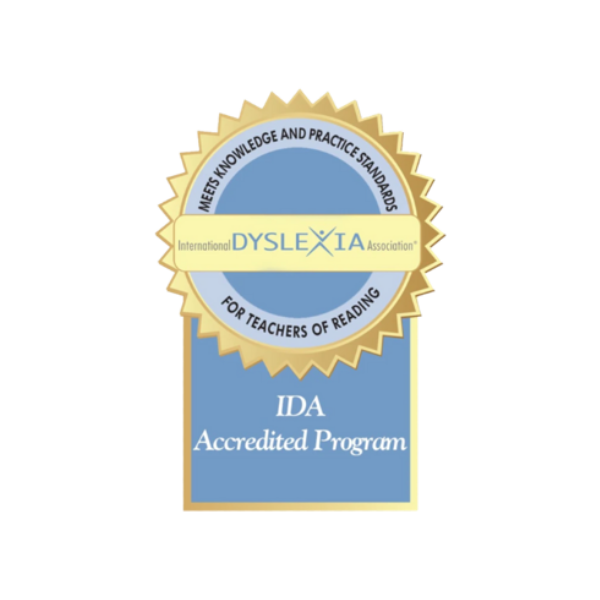Yoshimoto Basic Literacy Training
Course Dates & Bookings:
Travelling from interstate or overseas for this training?
Please
contact us before booking to register an expression of interest.
The Yoshimoto Basic Literacy course is designed for educators who are looking to learn how to confidently teach literacy to all students, especially those who have dyslexia.
Attendance at this course will ensure that teachers have the essential knowledge and skills required to teach reading and spelling to ALL children.

Course Description
This course is accredited by the International Dyslexia Association. Dyslexia Orton-Gillingham Institute Australia is proud to be the leading national provider of the Yoshimoto Orton-Gillingham Literacy training course.
An explicit, structured, sequential and multi-sensory approach are key elements embedded into this course. During the training you will be taught the theory, the why behind a concept, how to create a lesson plan, how to deliver such within a classroom plus so much more.
Upon completing this course, participants will have acquired the skills necessary to fully implement this data driven solution for teaching reading and the early foundations of writing to all students. This course provides participants with the skills they need to master the fundamentals of reading instruction —phonological awareness, phonics, fluency, vocabulary, comprehension and develop the early foundations for writing.
Educators implementing the Yoshimoto Orton-Gillingham method with fidelity are observing consistent and significant growth in spoken and written language with all their students. This course is suitable for all including teachers, speech pathologists, teacher’s assistants, parents, etc.

Learning Outcomes
Participants will:
- Gain an understanding of the essential components necessary for reading and spelling success.
- Identify reading and spelling challenges for students and plan a course of action.
- Be taught the Yoshimoto scope and sequence and value the understanding about the importance of a scope and sequence for teaching the phonetic elements of reading and spelling.
- Identify the learning needs of students with dyslexia and other reading challenges.
- Learn how to develop and implement a structured and multi-sensory lesson plan at an individual, small group and whole class level.
- Gain a deeper understanding of the five key elements for reading instruction in the lesson - phonological awareness, phonics, fluency, vocabulary, comprehension - and how to address each element within a lesson.
- Be provided with resources and strategies to integrate this learning within a classroom. Acquire knowledge of structured multisensory procedures for teaching reading and spelling skills - phonological awareness, decoding, fluency, spelling, learned words, dictation and reading comprehension
- Learn correction procedures and a diagnostic/prescriptive approach to teaching reading and spelling.
What is included?
This course includes all materials needed for implementation. This includes multiple sound decks, procedure cards, lesson plans for every level of instruction, scope and sequence for multiple grade levels, tools for implementing at every skill level and much more. Participants are provided with extensive additional materials including a USB drive to download worksheets to support each level of the instruction including: phonological awareness, graphemes, syllabification, spelling rules and generalisations.
We offer a 4 or a 5 day format. We are guided by our host schools regarding what suits them best, and are finding more and more that the 4 day format is preferred by schools as it reduces the costs for them when arranging replacement teachers. Exactly the same content is covered in both a 4 and a 5 day format. The 4 days are done over longer hours Eg. 8am to 4:30pm, while the 5 day training is completed in shorter days.
Trainers:
List of Services
-
Kate WattKate Watt
Kate’s understanding of learning differences began with her son's early struggles in reading and writing. Despite reassurances from teachers, she trusted her instincts and sought further assessment. At seven, he was diagnosed with dyslexia and dysgraphia—an experience that not only secured the support he needed but also ignited Kate’s passion for raising awareness. This personal journey became the foundation of her commitment to education and advocacy.
-
Sarah AsomeSarah Asome
Sarah Asome is the Principal at Bentleigh West Primary School in Victoria and a dyslexia specialist. She has been instrumental in leading the change at BWPS but also supporting many colleagues state and nationwide in implementing evidence based literacy instruction in their schools.

